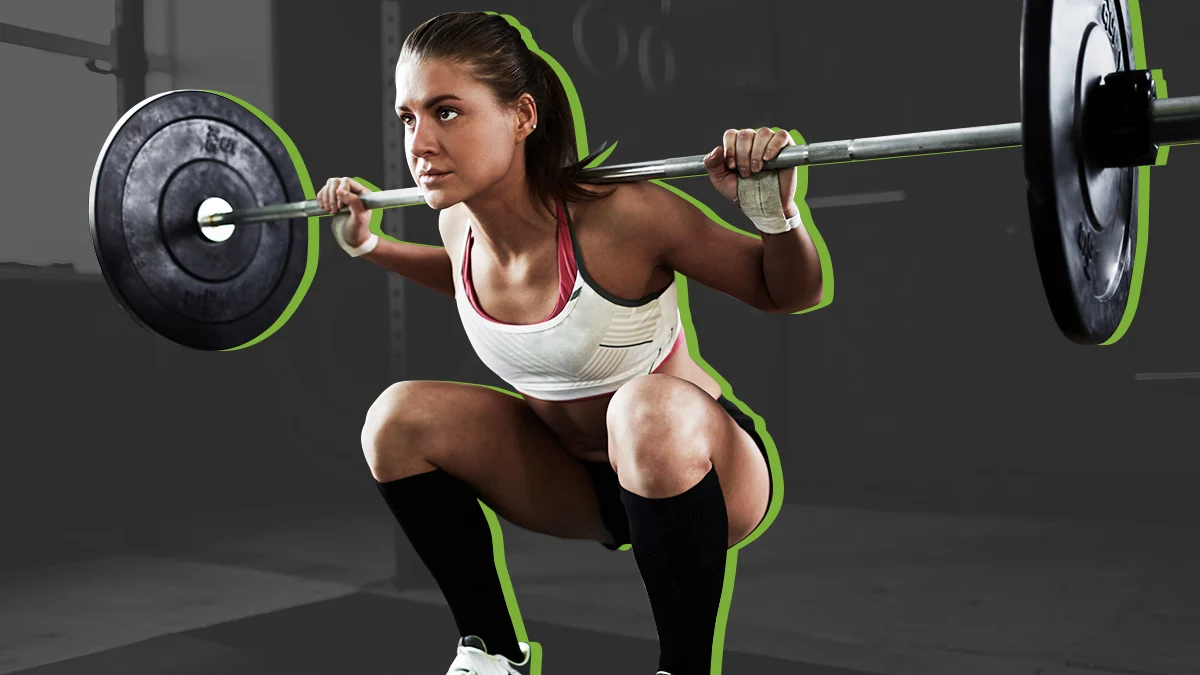When it comes to achieving Best Workout Split for Muscle Gain, finding the best workout split is crucial. The right workout routine can help you build lean muscle mass and improve your overall fitness level. However, with so many different workout splits out there, it can be overwhelming to choose which one is right for you.
One of the most popular workout splits for muscle gain is the push/pull/legs split. This involves dedicating separate days to pushing exercises (such as bench press and shoulder press), pulling exercises (such as pull-ups and rows), and leg exercises (such as squats and deadlifts). This allows you to focus on specific muscle groups each day while giving them adequate time to rest and recover in between workouts.
Specific Muscle Groups
When it comes to gaining muscle, working out is just half the battle. To achieve your goals, you need to have a solid workout split that targets your muscles from all angles. It’s not just about lifting weights; you need to have a plan in place that includes different exercises and focuses on specific muscle groups. Here are some of the best workout splits for muscle gain.
The first workout split is the classic “push-pull-legs” routine. This type of workout split involves targeting your pushing muscles (chest, triceps, and shoulders) one day, pulling muscles (back and biceps) another day, and legs on a third day. This allows each muscle group ample time to rest and recover before being targeted again. With this approach, you can challenge your body with heavy lifts while ensuring enough recovery time for optimal growth.
Training Program
When it comes to building muscle, a well-structured workout routine is crucial to help stimulate muscle growth and repair. A workout split refers to the division of your training program into different muscle groups, with each muscle group trained on different days of the week. Here are some of the most effective workout splits for muscle gain:
1. Push/Pull/Legs Split
This split is one of the most popular workout routines for muscle gain. It involves three main types of exercises, including push exercises like bench press and shoulder press, pull exercises like rows and chin-ups, and lower-body exercises like squats and deadlifts. The push/pull/legs split involves training each muscle group twice a week, allowing for optimal recovery and growth.
2. Upper/Lower Split
The upper/lower split involves training the upper body and lower body on separate days. It’s a great option if you’re short on time or have less than four days per week to dedicate to training. This split allows you to hit each muscle group twice a week while still allowing for adequate recovery time.
3. Full-Body Split
If you’re a beginner or just starting out, a full-body split may be the best option for you. It involves training all the major muscle groups in one session, with a focus on compound exercises like squats, bench press, rows, and deadlifts. A full-body routine typically involves 2-3 sessions per week, with each session being a full-body workout.
4. Body Part Split
This split involves training one specific muscle group per day, focusing on a high volume of exercises and reps. For example, you could train chest on Monday, arms on Tuesday, back on Wednesday, legs on Thursday, and shoulders on Friday. This split allows you to focus on each muscle group individually, making it a great option if you are looking to bring up lagging muscle groups.
It’s important to note that regardless of the workout split you choose, proper form and technique are essential for achieving optimal results. Additionally, progressive overload (increasing the weight, reps, or sets over time) is key to stimulating muscle growth and preventing plateaus.
Final Thoughts:
The best workout split for muscle gain depends on individual factors such as experience, time availability, and goals. It’s essential to choose a workout split that aligns with your goals and allows for proper rest and recovery. Additionally, focusing on proper technique, progressive overload, and a balanced diet are key components to achieving your muscle gain goals.

